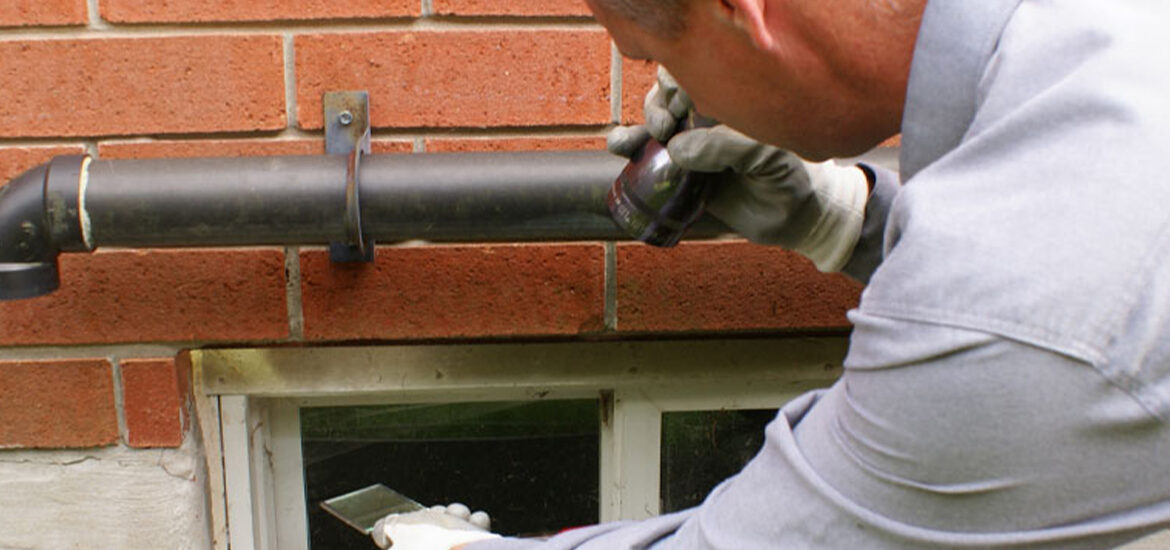It is easy to appreciate wildlife from a distance. Animals are amazing, and the unique traits each species uses to survive and thrive are awe-inspiring. Still, wildlife should remain at a distance from people and homes. If you have a problem with animals on your property or damaging your home, contact wildlife removal in York.
Generally, watching and enjoying wildlife on your property is safe and pleasant. As long as the critters stay off of and away from your house, there shouldn’t be a problem. That said, you don’t want to help wild animals get comfortable in your yard; therefore, you should avoid offering food, water, or temporary shelter.
The more you encourage wildlife to stay or enjoy your yard, the more likely the animals will make nesting sites in your house. Once you have an animal nesting in your home, they are difficult to remove.
4 Signs of Wildlife in Your Home
Before focusing on wildlife removal, you need to know there is a problem. Unfortunately, many animals are excellent at hiding, making diagnosing an intrusion difficult. Still, there are signs to watch for. The signs of infestation usually include four things.
1. Unexplained Noises
When an animal is in your home, it will make occasional noises. The sounds may relate to movement or vocalizations. The specific sounds will vary based on the animal and species in the home, but there are ways of narrowing the species down.
First, when do you notice the noises? Do the sounds occur early in the morning before you leave for work and around dusk, or do they occur at night and quiet before dawn? Squirrels are usually the culprits for daytime noises. In the evening, you might be dealing with raccoons, mice, rats, or some other nocturnal species.
Noises can be anything from scratches to growls and hisses. Squirrels tend to produce scratching noises and chattering. Mice may produce some vocalizations, but you will more likely notice the sound of gnawing or scurrying in wall cavities and across ceilings.
2. Foul Odours
Depending on how long an animal has lived in your house, the smells may become pungent. Wild animals are not like domestic pets that go to the bathroom outside or in a litter box; wildlife will defecate and urinate in their den sites. They will pee and poop along baseboards, in wall cavities, and in attics or basements.
Over time, the smell of ammonia should provide a clue to an infestation. Call a wildlife control service to deal with the removal. Most services will also offer cleanings following removals.
3. Property Damage
Wild animals are potentially destructive. They may chew and tear at siding and other materials to gain entry into your home. Once inside, they may rip into boxes and keepsakes in search of food and nesting materials.
Rodents are among the most destructive critters because they must chew constantly to file down their teeth. They chew on furniture, walls, doors, boxes, and wires or cables. Because of their constant chewing, they can create fire hazards, which is another reason to contact wildlife removal in York the second you suspect an infestation.
4. Nesting Materials
You should also keep an eye out for nesting materials. Most animals will use a combination of leaves, fur, twigs and any other materials they can get their paws on, including insulation and cardboard.
Humane Wildlife Removal With Skedaddle
When an animal makes a den or nest in your home, it is only a short time before it makes itself known through many signs, including odour and noise. Never attempt wildlife removal in York on your own. DIY removals are ineffective and dangerous to the homeowner and the animal, so most homeowners want to know who to call for wildlife removal. Contact Skedaddle Humane Wildlife Control to schedule a property inspection and resolve the issues safely.




